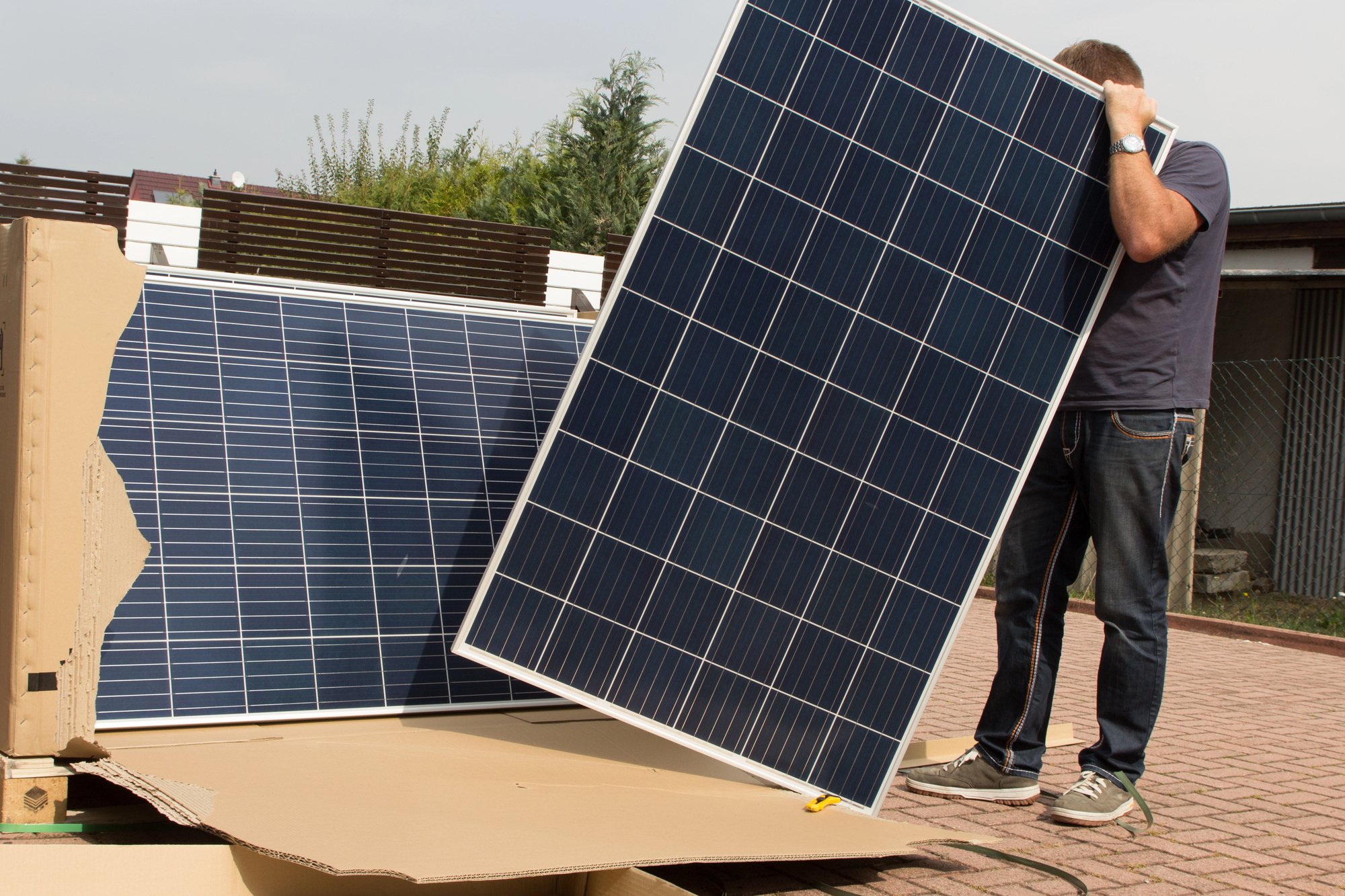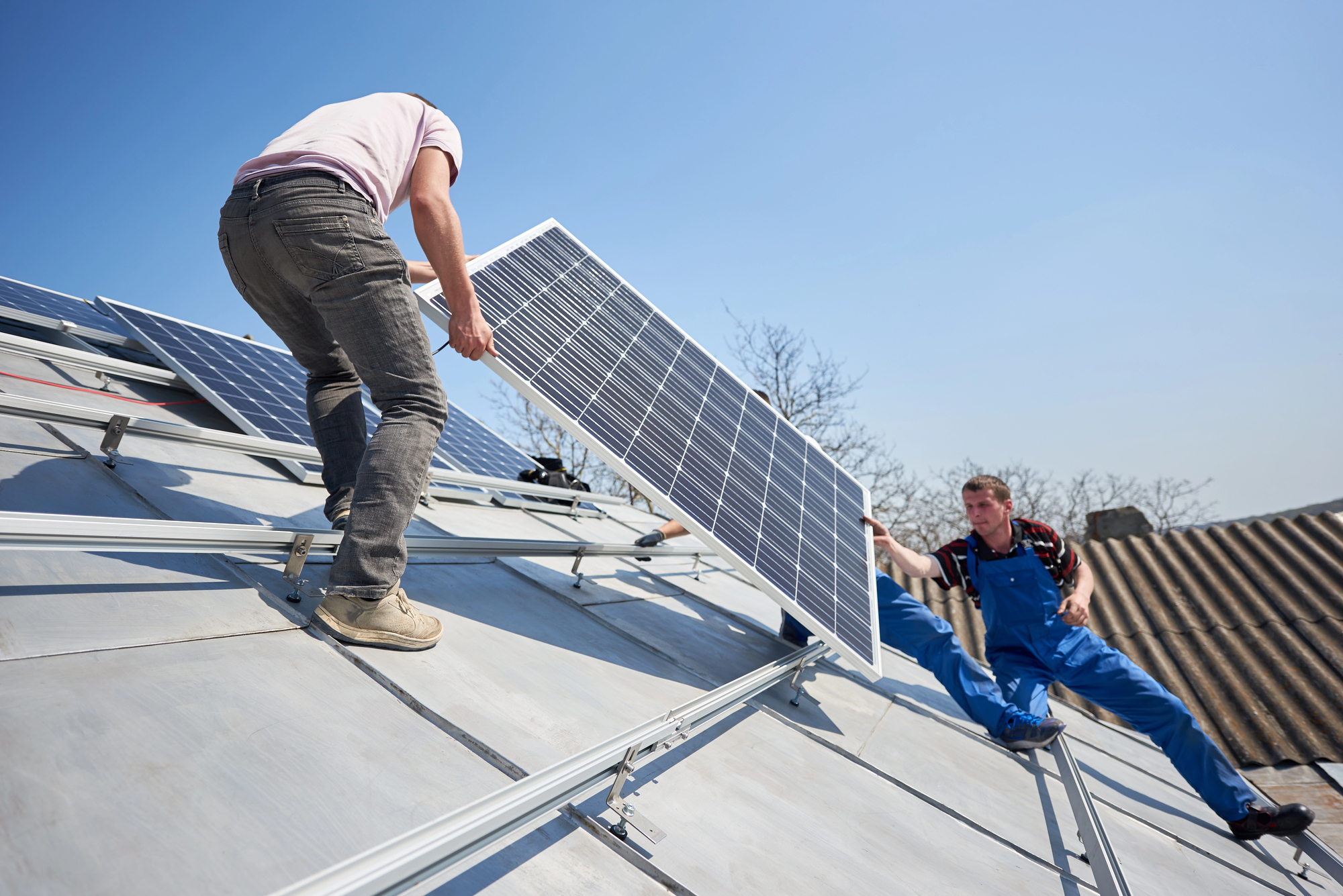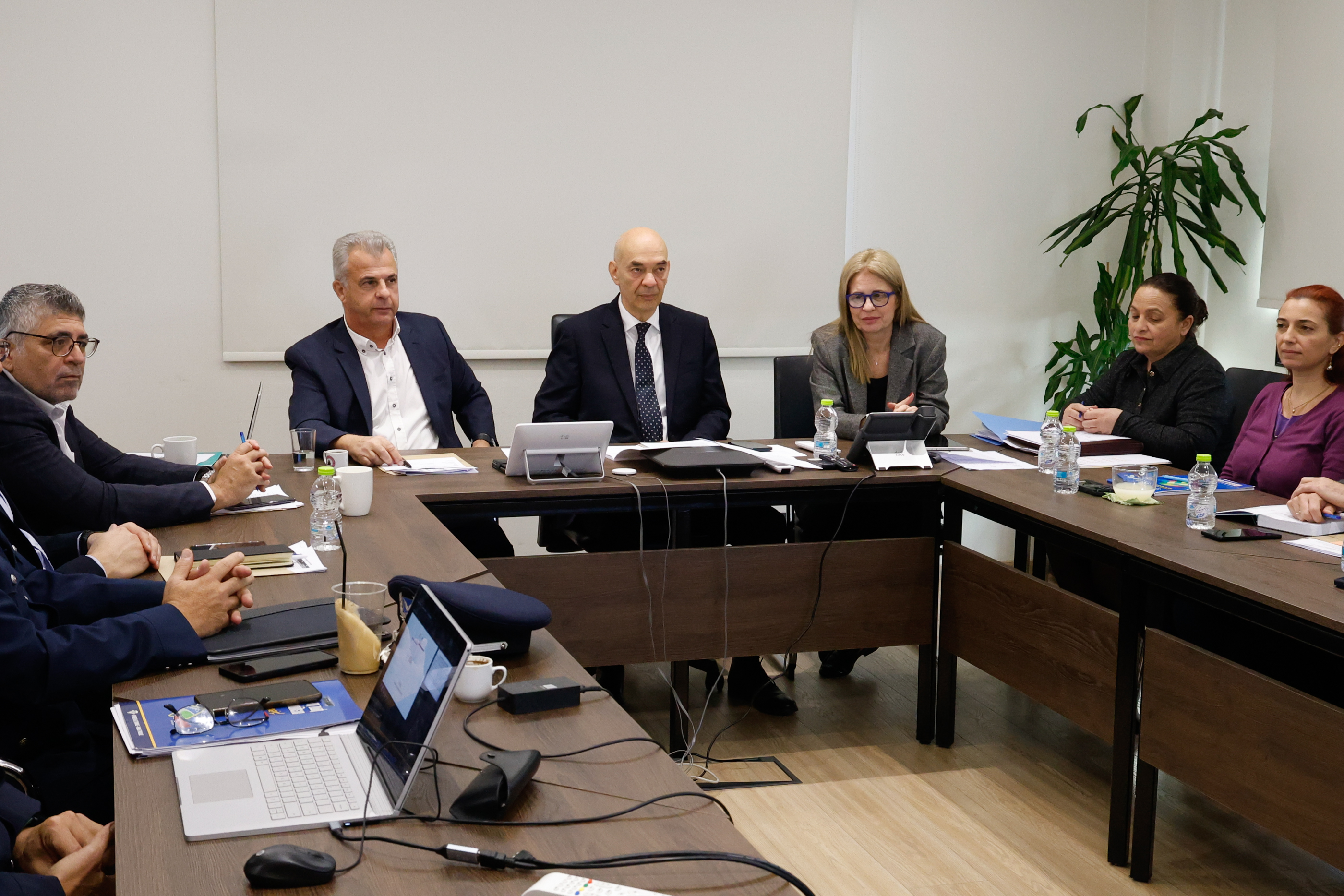Solar panel shutdowns leave residents facing unexpected higher bills
Homeowners across Cyprus who invested in solar energy to reduce their electricity costs are now facing a growing problem: frequent remote shutdowns of their photovoltaic (PV) systems.
These unexpected disconnections have led to rising bills, forcing many to question the long-term viability of their solar investments.
As Cyprus continues its push towards renewable energy, experts warn that without urgent action, these power cuts could undermine the country’s green energy transition.
Why are solar panels being shut down?
The root of the issue lies in Cyprus’ isolated electrical grid. Unlike other European nations that can export surplus solar power, Cyprus must balance energy supply and demand in real-time, leading to disruptions when solar energy generation exceeds consumption.
“The stability of any grid’s operation necessitates that overall energy production and consumption must always be equal,” said associate professor at Frederick University’s Department of Electrical Engineering Dr Nicholas Christofides.
“When electricity demand is low and renewable energy generation is higher, the grid becomes unstable. To avoid blackouts, transmission and distribution grid operators are compelled to apply curtailments, essentially disconnecting renewable energy systems. This – unacceptably, of course – is currently their only tool.”
With no option to export excess solar energy, grid operators have no choice but to disconnect PV systems when too much energy is being generated. These shutdowns have become increasingly common, leaving homeowners frustrated and financially impacted.
Homeowners hit with soaring bills
Many residents, who installed solar panels to save on electricity costs, are now facing erratic and unpredictable bills due to the shutdowns. One homeowner, who participated in the government’s “Solar Panels for All” scheme, spoke to the Sunday Mail about the financial strain they are experiencing.
The homeowner invested €3,900 in the scheme, expecting savings on their electricity bills to offset the cost over time. The financial plan involved a €75 monthly payment for 52 months, plus an upfront payment for installation and smart meters. The idea was that the savings from using solar power would make the investment financially viable.
However, with the increasing frequency of remote shutdowns, their savings have been wiped out. The homeowner reported three shutdowns in February alone, eight in January, and several previous interruptions.
“The worrying thing is that, according to the EAC, disconnections will become even more frequent,” the homeowner said.
“This makes installations less effective in reducing fossil fuel use, which contradicts the country’s push for green energy.”
This has raised concerns for many homeowners who had expected to recover their initial investment within four years. Instead, they are now facing rising bills and delayed financial returns.

Who is responsible for the shutdowns?
The EAC has distanced itself from the problem, stating that the responsibility for curtailments now lies with the transmission system operator (TSOC).
“The EAC is no longer responsible for electricity planning or regulations,” an EAC representative told the Sunday Mail.
“The responsibility now lies with the Cyprus energy regulatory authority (Cera) and the transmission system operator.”
“In certain neighbourhoods, the grid cannot cope with the household photovoltaic power being fed into the system,” the EAC explained.
“At the same time, conventional generators, which are essential for maintaining system stability, have been reduced to their minimum operating threshold of 50 per cent of their maximum output. Both factors make it necessary to shut down some solar systems.”
“The responsibility for recent power cuts lies with the transmission system operator, which has full authority over decisions regarding the operation of photovoltaic systems,” Cera director Panayiotis Keliris told the Sunday Mail.
“Cera’s role was limited to approving the installation permit for the photovoltaic system in question.”
When asked why the permit was approved despite the absence of a battery storage system, Keliris explained that “the licensing process had been under review for several months and appeared to meet all the criteria outlined in Article 30 of Cera’s regulations.”
By February 2024, Cera had licensed eight autonomous battery storage systems with a total installed capacity of 135 MW and storage capacity of 554 MWh, as well as 134 hybrid renewable energy stations combined with storage systems, totalling a storage capacity of 326 MW and 608 MWh. With more households adopting solar energy, the frequency of shutdowns is rising, raising concerns that PV investments may no longer be self-sustaining.
Despite these measures, experts like Christofides argue that the slow implementation of energy storage systems is at the heart of the problem.
“This should have been implemented a long time ago,” Dr Christofides stressed.
What can be done to prevent this?
Christofides believes the solution lies in large-scale battery energy storage systems (BESS) to store excess energy instead of curtailing it. He suggested other potential fixes, including a zero-export operation mode, which would allow homeowners to consume all their own solar energy.
Currently, the system allows homeowners to send surplus energy to the grid and receive compensation or credits for it. A switch to zero-export would require changes to regulations and the energy grid infrastructure, as it would stop homeowners from feeding excess energy into the grid, possibly for storage or redistribution.
“Under this mode, prosumers could self-consume their renewable energy while only the excess would be curtailed,” Christofides said.
“The PV system inverter can handle this without intervention from grid operators. Additionally, residential-level BESS could have been subsidised and promoted, allowing households to store surplus energy and use it later rather than having their systems shut down.”
He also called for better communication between TSOC and consumers.
“The transmission system operator should proactively inform consumers a day in advance about the likelihood of excess renewable energy conditions. This would allow consumers to plan their household energy use accordingly.”
Government response and future plans
Energy Minister George Papanastasiou acknowledged the problem and pledged action to support households and businesses.
“The electricity grid cannot support such a high energy load,” Papanastasiou said.
“In the coming weeks, we will introduce grant schemes worth €40 million for businesses and households to install large-scale battery energy storage systems.”
However, Papanastasiou also criticised large-scale solar parks, claiming that major commercial interests have not fully supported Cyprus’ transition to green energy.
This could mean they are not investing enough in sustainable practices, not scaling up projects sufficiently, or lobbying for policies that hinder Cyprus’ green energy goals.
“The ministry is being unfairly accused because major commercial interests have never genuinely supported a green Cyprus,” he added.
While the government works on solutions, homeowners continue to face rising costs and uncertainty over the reliability of their solar investments. Without clear action on energy storage and grid management, the future of solar power in Cyprus remains uncertain.
Christofides warned that without immediate action, these frequent shutdowns could severely damage public confidence in solar energy.
“This will provoke frustration and anger and potentially damage the solar business sector,” Christofides said.
“Energy storage solutions and self-consumption are crucial to solving this issue.”
As Cyprus continues its transition to renewable energy, it is vital that both the government and industry act quickly to ensure that homeowners who choose solar energy are not left in the dark, both literally and financially.
Nicholas Christophides is a member of research work supported by the projects Enterprises Energy (Dynamo) and CODEVELOP-AG-SH which are implemented under the Cohesion Policy Funds Thalia 2021-2027 with EU co-funding







Click here to change your cookie preferences